Tehran, June 23 (V7N) — The recent U.S. airstrikes on Iran's nuclear facilities may serve as a turning point in the broader Middle East conflict, with analysts warning that the situation could evolve rapidly in any of several directions. According to an in-depth analysis published by The Conversation, three broad scenarios are emerging.
First, Iran may escalate the conflict, responding to the U.S. attack with direct military action or by activating its regional proxies. Second, Tehran could choose a strategic retreat, opting to de-escalate while regrouping diplomatically or militarily. Third, the United States may seek to disengage, avoiding deeper entanglement by framing the strike as a one-off deterrent measure.
The current crisis stems from a pre-dawn U.S. airstrike on Sunday, targeting Fordow, Natanz, and Isfahan, three of Iran’s most sensitive nuclear sites. The Biden administration stated the attack was designed to neutralize Iran’s uranium enrichment capabilities.
Analysts argue that this military action is not an isolated event, but rather the continuation of a broader regional pattern that began with Israel’s October 7, 2023 offensive in Gaza. Since then, Israel has systematically moved to degrade Iran-backed armed groups in the region.
After weakening Hamas in Gaza, Israel turned its focus to Hezbollah in Lebanon, delivering a series of targeted strikes. It then launched operations in Syria, pushing back Iranian influence and ultimately contributing to the downfall of the Iran-aligned Assad regime.
This evolving chain of events reflects what some experts describe as a strategic campaign to contain Iranian power across the Middle East — one that has now drawn in direct U.S. military involvement.
As Tehran weighs its options, and Washington signals caution about further escalation, regional powers and international observers remain on edge — watching whether this moment will mark a wider war or a recalibration of power in the Middle East.
END/WD/RH/



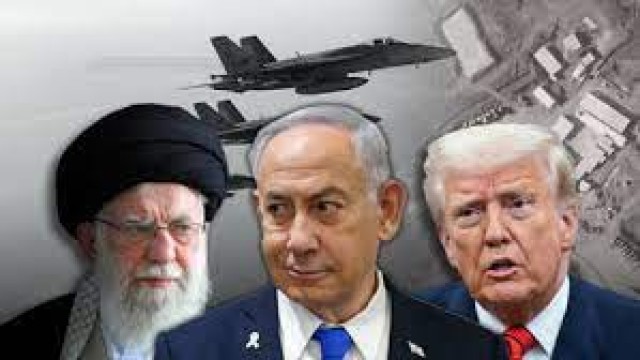

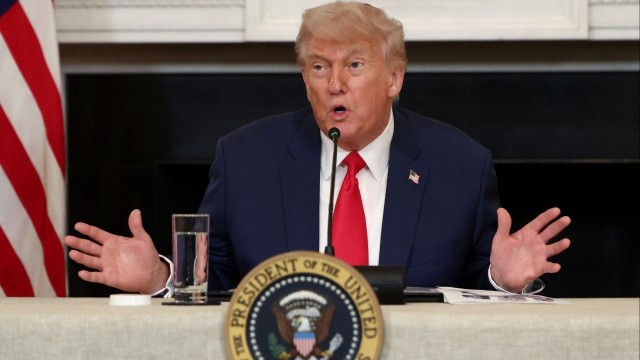

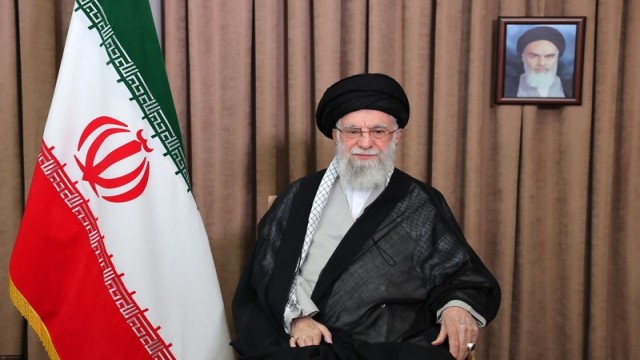


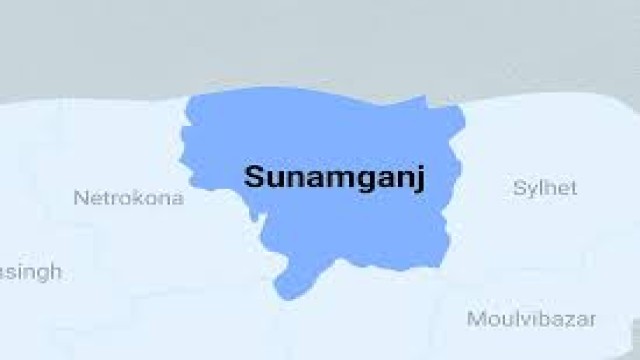


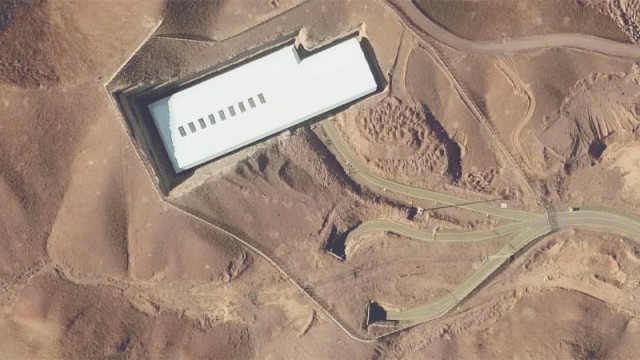


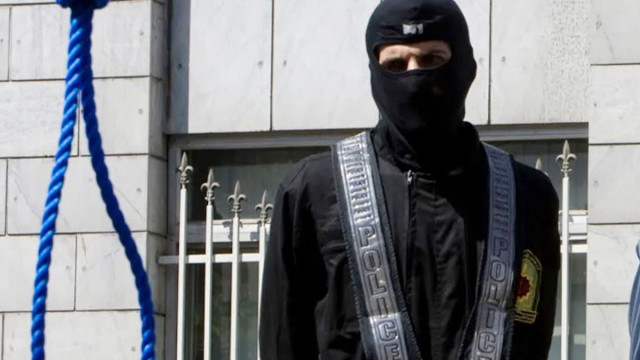








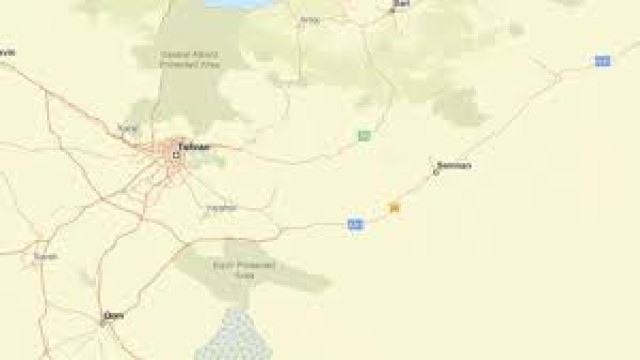
Comment: